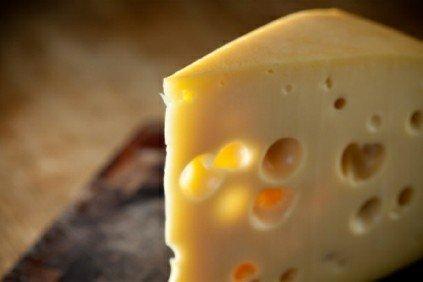It’s that time of year again, when we learn just how “down and dirty” our conventionally grown fruits and vegetables are and which ones have the distinction of being the dirtiest. Once again, we all have a reason to contemplate growing some of our own organically produced foods.
Introducing the Dirty Dozen for 2017
The EWG’s analysis of 48 types of conventionally grown produce revealed that nearly 70 percent of samples were contaminated with one or more pesticides out of the 178 different chemicals and products from the pesticides they discovered. Residues of these toxins remained on the produce even after the fruits and vegetables were washed and, in some cases, peeled.
The top dozen dirtiest fruits and vegetables, starting with the worst offenders, are strawberries (with 20 different pesticides), spinach, nectarines, apples, peaches, pears, cherries, grapes, celery, tomatoes, sweet bell peppers, and potatoes. Most of these items are familiar to the Dirty Dozen list, but a notable new comer is pears.
Read More:
Pears rose to the sixth position from 22nd previously, and the number of offensive chemicals also rose from nine in 2010 to now more than 20. Part of the reason seems to be that the fruit is being bombarded with fungicides and insecticides, including four fungicides that are applied late in the growing season as well as after they are harvested.
Another significant change in the Dirty Dozen is spinach, which rose from the eighth position to second. A US Departmentof Agriculture pesticide analysis in 2015 that included 683 spinach samples from conventionally grown crops found many more pesticides by weight than all other produce tested. The samples showed a maximum of 16 different pesticides or breakdown products on a single spinach sample, and 75 percent of the samples had permethrin, an insecticide with neurotoxic qualities.
Dirty Dozen
1. Strawberries
2. Spinach
3. Nectarines
4. Apples
5. Peaches
6. Pears
7. Cherries
8. Grapes
9. Celery
10. Tomatoes
11. Sweet Bell Peppers
12. Potatoes
What you can do
- When buying produce, choose organic varieties for those on the Dirty Dozen list.
- If organic is not available or the organic variety is costly, select conventionally grown produce that is lowest on the pesticide scale. The Clean 15 fruits and vegetables at the bottom of the pesticide list are sweet corn, avocados, pineapple, cabbage, onions, sweet peas, papayas, asparagus, mangoes, eggplant, honeydew, kiwis, cantaloupe, cauliflower, and grapefruit.
- When possible, grow your own fruits and veggies. Most vegetables and many fruits, including berries and small citrus trees, do well in containers that can be placed on balconies, decks, porches, window sills, and next to sliding glass doors and windows.
- Children are especially susceptible to the impact of pesticides on fruits and vegetables, so it’s important to buy organic varieties of the members of the Dirty Dozen list for infants, babies, and young children.
- Thoroughly wash and, if necessary, peel conventionally grown fruits and vegetables.
This article was originally published on www.NaturallySavvy.com








